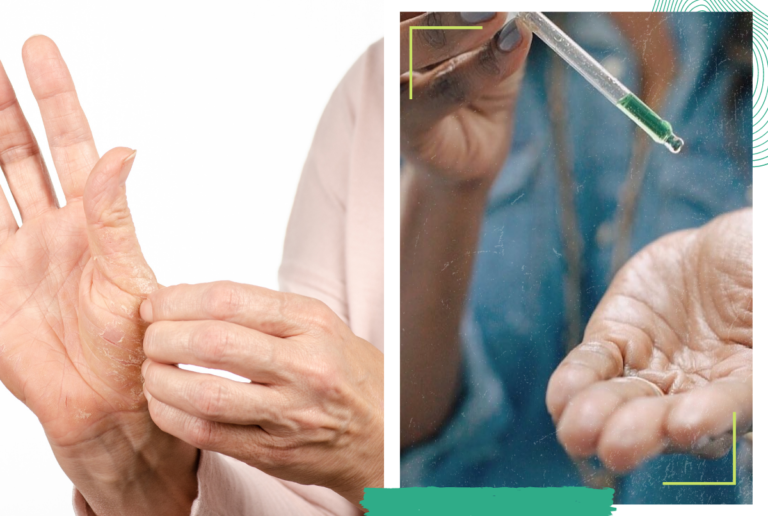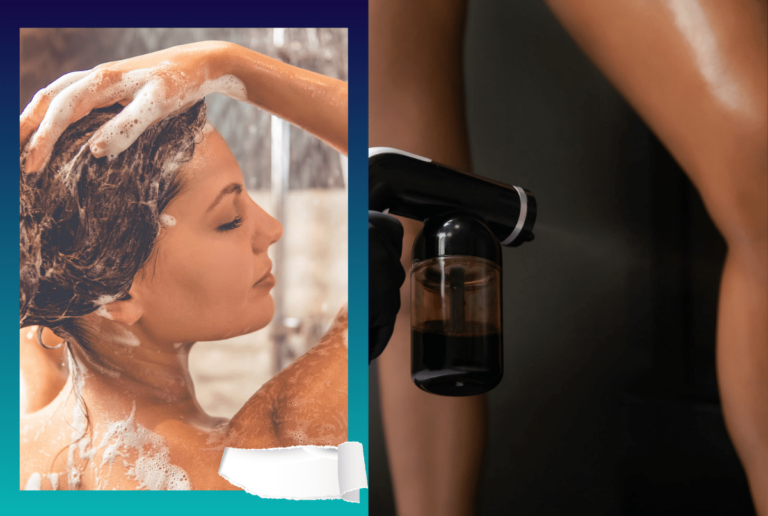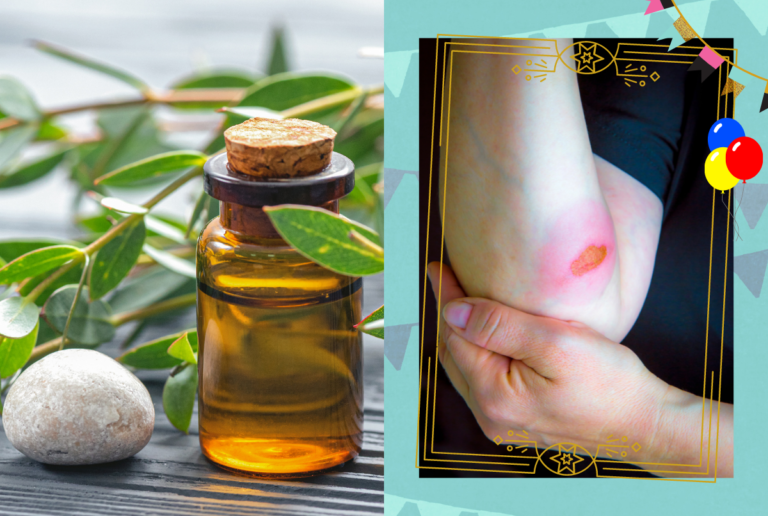Effective Hypertrophic Scar Treatments
Struggling with raised and reddish scars?
You’re not alone in the quest to smooth out hypertrophic scars. While these scars may not pose a health risk, their impact on one’s appearance and self-esteem can’t be ignored.
Thankfully, the field of dermatology has evolved, offering a range of treatments from silicone sheets to steroid injections, making the path to minimizing these scars more accessible than ever.
Well, we’ll be going over:
- What exactly are hypertrophic scars and why do they form?
- What at-home treatments can help in reducing their appearance?
- When should you consider professional treatments for hypertrophic scars?
Let’s dive in.

Understanding Hypertrophic Scars
Hypertrophic scars are thick, raised scars that develop where skin is injured. Unlike keloids, which can grow beyond the original injury, hypertrophic scars typically stay within the boundaries of the wound. They often result from situations where the skin heals after an injury such as burns, piercings, cuts, or surgical incisions.
These scars are more than just a cosmetic concern. They can be itchy, painful, and affect your mobility depending on their location. The good news is, with today’s advancements in dermatology, managing and reducing the appearance of hypertrophic scars has become more achievable.
Your skin type and genetics play a significant role in how you’re likely to scar. People with darker skin tones are more prone to developing these types of scars. Recognizing the early signs of hypertrophic scarring is crucial for timely and effective treatment.
At-Home Treatments for Hypertrophic Scars
Dealing with hypertrophic scars doesn’t always mean a trip to the dermatologist. There are effective strategies you can implement right at home to improve their appearance. It’s crucial, however, to understand that patience and consistency are key.
Silicone Gel Sheeting and Ointments have proven to be particularly effective. These treatments work by hydrating the scar tissue, which can reduce its thickness and improve elasticity. Silicone sheets also protect the scar from bacteria and help to regulate fibroblast production, which is essential in preventing the scar from raising even further.
Another approach is pressure therapy, often used in combination with silicone treatments. By applying consistent pressure to the scar area, you can significantly diminish its prominence over time. This method is especially useful for larger scars that can be wrapped or compressed easily.
Additionally, the application of over-the-counter scar creams which often contain ingredients like onion extract and vitamin E, offers a simple yet beneficial method to reduce scar visibility. While studies on their effectiveness vary, many individuals report improvements with dedicated use.
Remember, when trying any at-home remedy, it’s paramount to monitor your skin’s reaction closely. If irritation occurs, discontinue use and consult with a healthcare provider.
Professional Treatments for Hypertrophic Scars
When at-home treatments aren’t cutting it, it’s time to consider professional interventions. Dermatologists offer a variety of treatments for hypertrophic scars that can significantly improve their appearance.
Laser therapy is a popular option, using focused light to reduce the thickness of scars and improve skin texture. Different types of lasers are used, and your dermatologist will decide which is best for your specific scar type.
Another effective treatment is corticosteroid injections. These are injected directly into the scar tissue to help reduce inflammation and flatten the scar. Typically, multiple sessions are needed for the best results, spaced several weeks apart.
For scars that are particularly stubborn, surgical removal may be an option. This procedure involves cutting out the scar tissue and carefully suturing the skin back together. It’s usually considered a last resort due to the risk of new scar formation.
Remember, every scar is unique, and a treatment effective for one person might not work for another. A consultation with a dermatologist is crucial to tailor a treatment plan that suits your specific needs and skin type.
Natural Remedies for Hypertrophic Scars
Exploring natural remedies can be a gentle yet effective way to manage hypertrophic scars. These methods are often more accessible and can supplement professional treatments.
Aloe Vera, known for its soothing properties, can be applied directly to the scar. This plant’s gel is rich in vitamins and minerals that support skin healing and moisture. For best results, apply fresh aloe vera gel to the scar twice daily.
Essential Oils like tea tree and lavender possess anti-inflammatory and healing benefits. Mixed with a carrier oil, such as coconut or almond oil, they can reduce redness and improve the scar’s appearance. Use a few drops of the essential oil mix on the scar daily, but ensure you do a patch test first to avoid allergic reactions.
Onion Extract is another powerhouse for scar treatment. Found in over-the-counter products like gels and creams, it’s been shown to improve scar texture and appearance. Apply a product containing onion extract according to its instructions for gradual improvement.
Remember, patience and consistency are key when using natural remedies. They may take time to show results, but with regular application, you’ll likely notice a difference. Always consult with a healthcare provider before starting any new treatment to ensure it’s safe for you.
Tips for Preventing Hypertrophic Scars
Preventing hypertrophic scars starts with proper wound care. If you incur a cut or injury, cleaning it immediately and applying an appropriate antiseptic can prevent complications that lead to scar formation. It’s vital to keep the wound moist and covered; this environment not only speeds up the healing process but also reduces the chances of a scar becoming raised or hypertrophic.
Another key prevention strategy is to avoid sun exposure on the healing wound. UV rays can darken the scar, making it more noticeable. Use sunscreen on the area or keep it covered when you’re out in the sun.
Lastly, apply pressure dressings or silicone sheets as the wound heals. These have been shown to effectively reduce the likelihood of hypertrophic scar development. They work by reducing tension on the wound, which is a critical factor in scar formation. Always consult your doctor before starting any new treatment to ensure it’s appropriate for your specific case.
Conclusion
Tackling hypertrophic scars doesn’t have to be a daunting task. With the right approach and treatments, you can significantly reduce their appearance and regain your confidence.
Remember, early detection and proper wound care are key to preventing these thick, raised scars. Whether you opt for at-home remedies like silicone sheets or seek professional treatments such as steroid injections, there’s a solution that fits your needs.
Don’t let hypertrophic scars hold you back. Start your journey towards smoother, healthier-looking skin today.






